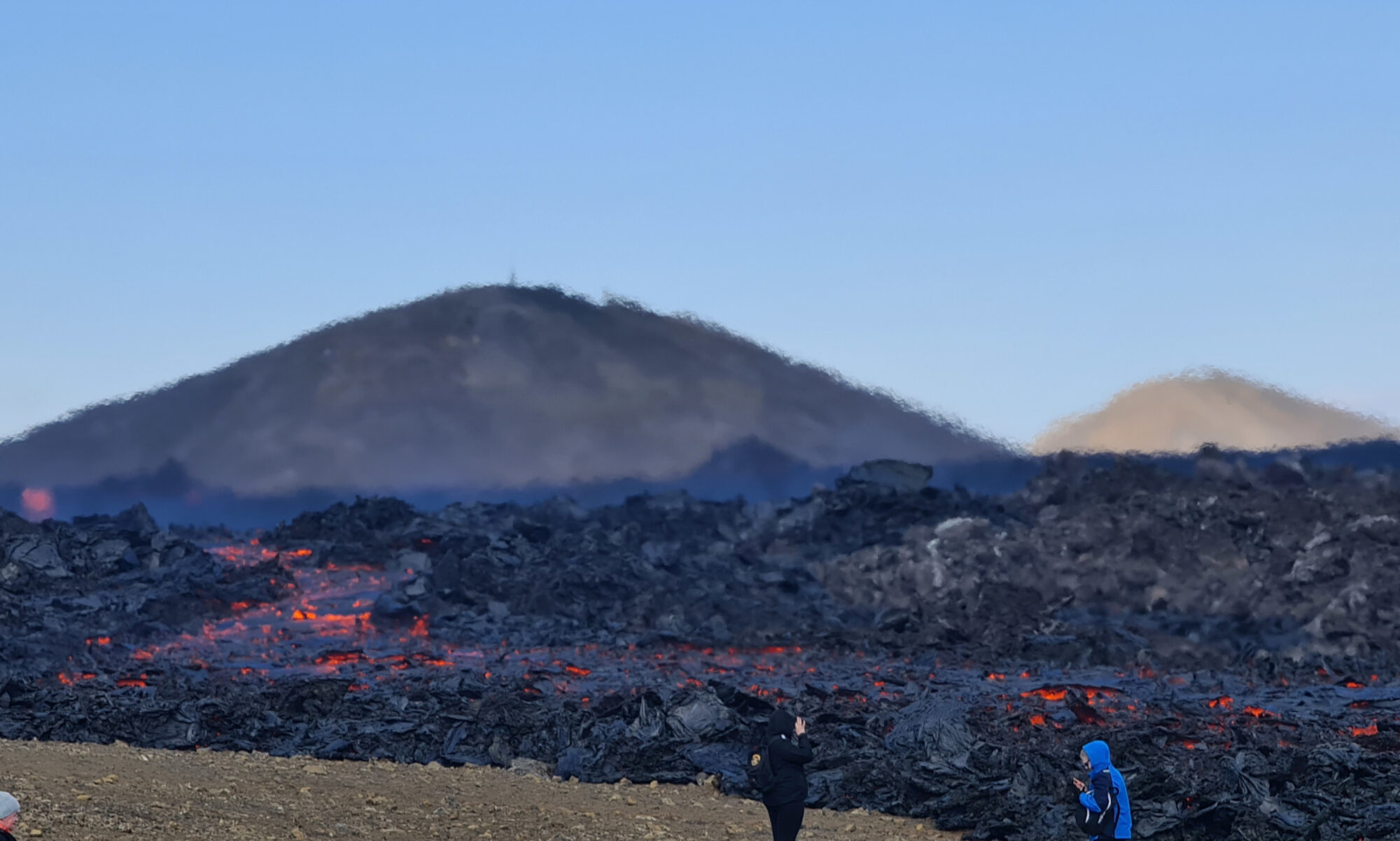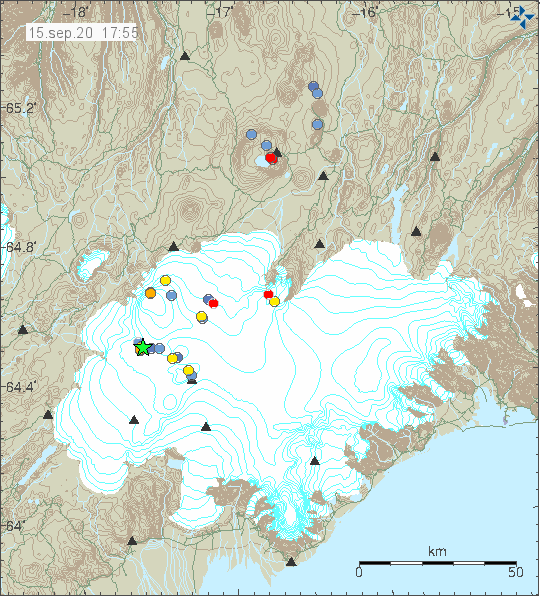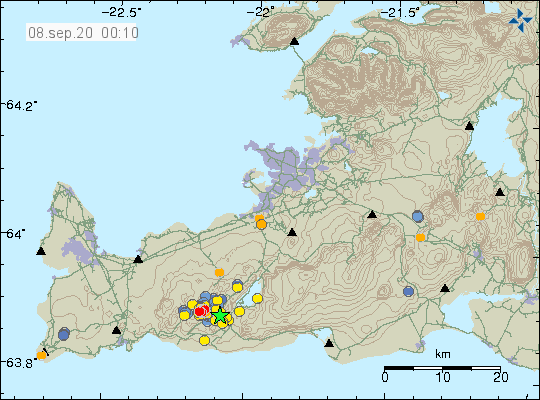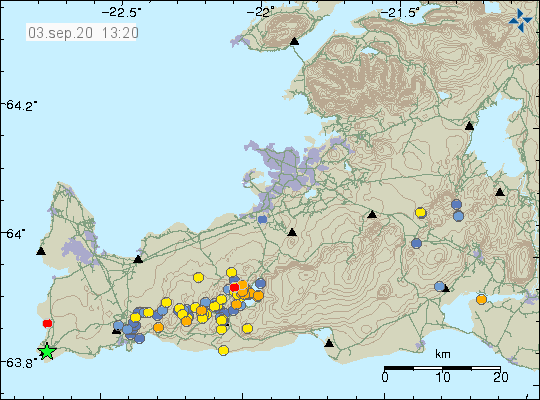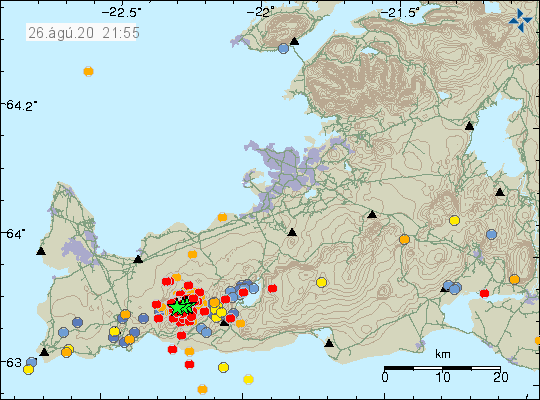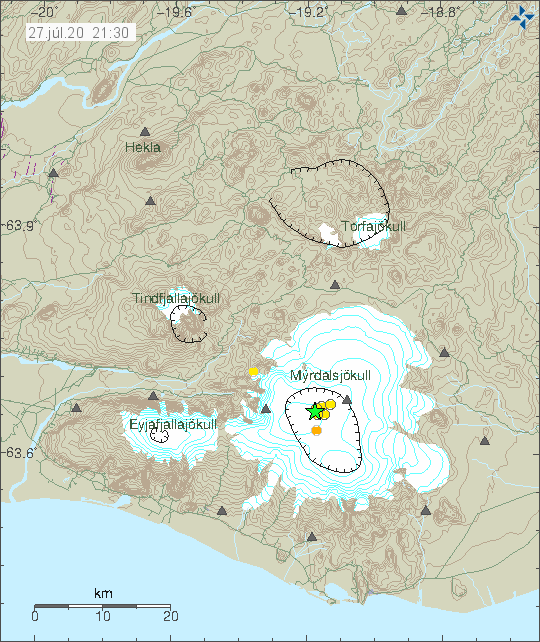Today (27-September-2020) at 00:06 UTC an earthquake with magnitude of Mw4,8 took place in Bárðarbunga volcano. This earthquake is the strongest earthquake in Bárðarbunga volcano since April 2020 according to Icelandic Met Office.
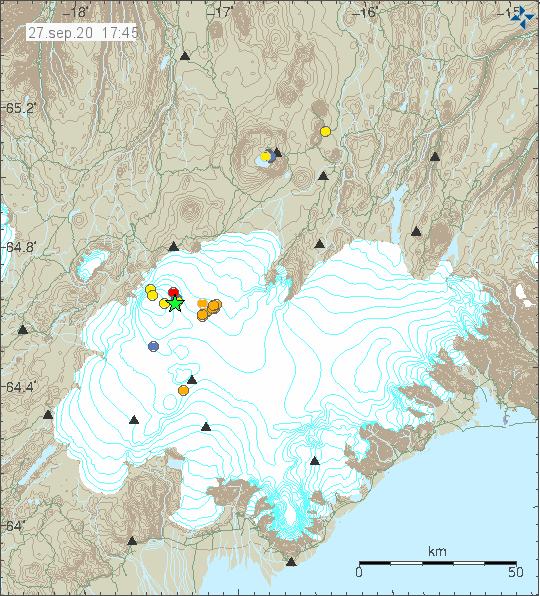
Earthquake activity in Bárðarbunga volcano. Copyright of this image belongs to Icelandic Met Office. Used with permission.
This earthquake activity suggests that magma might be pushing up at this location but no data for now confirms this. This might just be the caldera pushing up after it dropped 60 meters in 2014 to 2015 eruption of Bárðarbunga volcano. There are no signs of possible eruption and after this earthquake took place there has only been minor earthquake activity in Bárðarbunga volcano and nearby areas.
Donations
Please remember to support my work with donations. Thanks for the support. 🙂
